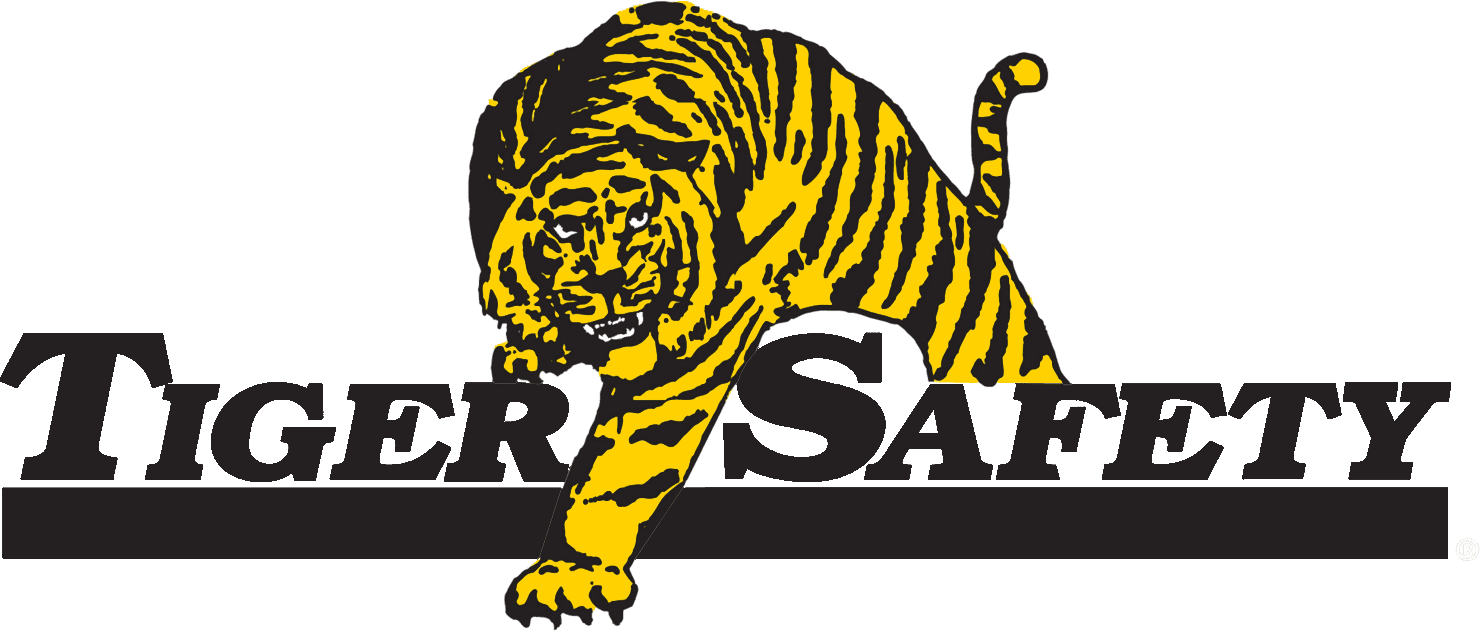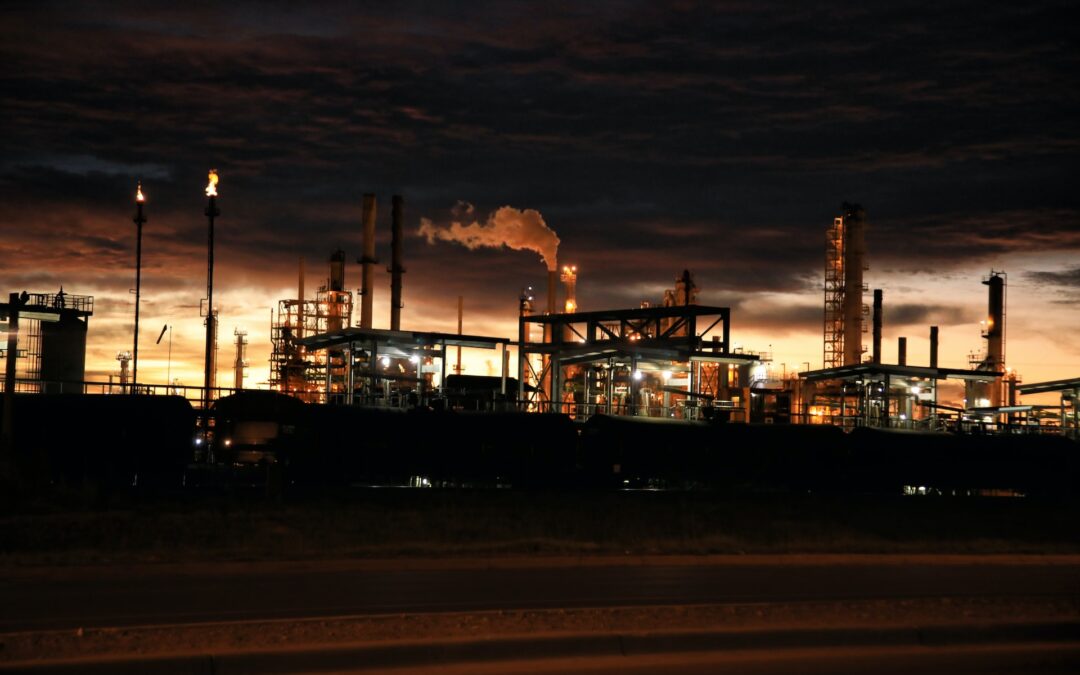Safety is paramount in the oil and gas industry, particularly when working within confined spaces where hazards can quickly escalate and lead to severe consequences. Confined spaces, such as storage tanks, vessels, and pipelines, present unique challenges that require specialized safety procedures and equipment to ensure the protection of workers and compliance with regulatory standards.
This article will discuss the importance of confined space safety, common hazards associated with confined spaces in the oil and gas industry, and how Tiger Safety Rentals can help your operation mitigate risks and maintain compliance with specialized safety equipment, training, and expert guidance.
Tiger Safety Rentals is a leading provider of safety services and equipment tailored specifically for onshore and offshore oil and gas companies worldwide. Our team of professionals understands the complexities of confined space safety in the oil and gas industry and is dedicated to equipping your operation with the tools, knowledge, and support needed to maintain a safe and compliant work environment.
Navigating Confined Space Safety in the Oil and Gas Industry with Tiger Safety Rentals
Understanding Confined Spaces in the Oil and Gas Industry
Confined spaces are defined as areas with limited access and egress with the potential for hazardous substances or dangerous conditions. In the oil and gas industry, these spaces often include:
- Storage tanks and separators: Used to store and separate oil, gas, and water, these vessels can sometimes contain harmful gases and chemicals.
- Pipelines and process vessels: These structures often require periodic inspection, maintenance, and cleaning, and can present risks associated with toxic or flammable substances.
- Drilling and production platforms: Offshore platforms may contain numerous confined spaces, such as drilling and production mud pits, areas below decks, or escape and rescue pods.
- Trenches and excavations: Onshore pipeline construction projects often involve deep trenches and excavations, which can pose hazards due to potential cave-ins or hazardous gas accumulation.
Common Confined Space Hazards
Some of the common hazards associated with confined spaces in the oil and gas industry include:
- Toxic Atmospheres: Accumulation of hazardous gases, such as hydrogen sulfide, carbon monoxide, and volatile organic compounds, can lead to harmful or fatal exposure.
- Oxygen Deficiency or Enrichment: Inadequate ventilation can cause oxygen levels to drop below safe levels, while excess oxygen increases the risk of fires and explosions.
- Flammable or Explosive Substances: Confined spaces may contain flammable or explosive materials, leading to potential risks of fires and explosions.
- Engulfment and Entrapment: Loose materials, such as sand, mud, or other substances, can engulf workers in confined spaces or cause workers to become trapped within the space.
Tiger Safety Rentals: Comprehensive Confined Space Solutions
To effectively manage confined space safety, Tiger Safety Rentals provides comprehensive solutions for oil and gas operations:
- Specialized Safety Equipment: Our range of confined space safety equipment includes gas detectors, ventilators, harnesses, fall arrest systems, and retrieval devices. These essential tools help maintain a safe working environment and ensure compliance with industry regulations.
- Expert Consultation and Planning: Our team can work with your operation to develop customized confined space safety plans, including hazard assessments, procedures, and emergency response plans.
- Training and Certification: Tiger Safety Rentals offers specialized confined space training programs, equipping your workforce with the necessary skills and knowledge to recognize hazards and safely operate in confined spaces.
- Inspection and Maintenance: Regular inspection and maintenance of confined space safety equipment are crucial to ensure optimal performance and compliance with industry standards. Our experts can provide ongoing equipment inspections and maintenance services tailored to your operation’s unique needs.
Implementing Confined Space Safety Best Practices
Ensure the safety and well-being of your workforce in confined spaces by following these essential best practices:
- Risk Assessment and Hazard Identification: Conduct thorough risk assessments for all confined spaces and identify potential hazards before work begins.
- Adequate Training and Certification: Ensure all personnel working in confined spaces have received proper training and hold required certifications to safely operate in these environments.
- Permitting and Documentation: Establish a confined space entry permit system that outlines necessary precautions, procedures, and safety equipment required for entering a confined space.
- Monitoring and Communication: Continuously monitor confined spaces for hazardous conditions and establish clear lines of communication between workers inside the space and standby personnel outside.
Conclusion
By partnering with Tiger Safety Rentals, your oil and gas operation can effectively navigate the complexities of confined space safety and maintain compliance with industry standards. Our comprehensive approach, including high-quality safety equipment rentals, expert consultation, and specialized training programs, ensures your workforce is well-equipped to mitigate risks and navigate potential confined space hazards with confidence.
Protect your team and assets by partnering with Tiger Safety Rentals for the best in confined space safety solutions. Contact us today to learn more about our comprehensive confined space offerings and discover how our expertise can help you maintain a safe and compliant work environment in the oil and gas industry. Choose Tiger Safety Rentals and confidently tackle the unique safety challenges of confined spaces.

